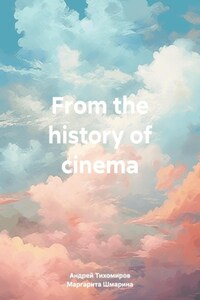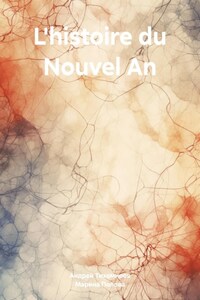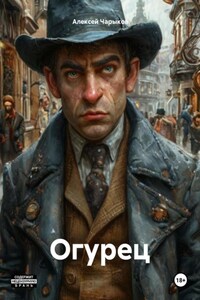Cinematography (from the Greek words "movement" and "I write") is an apparatus for shooting objects in motion on photosensitive film and for subsequent reproduction of the images obtained by projecting them onto the screen, as well as a spectacle based on the use of this apparatus.
As a result of shooting with the help of cinematography and appropriate laboratory processing of photosensitive material, a motion picture is obtained – a series of images fixed on film depicting successive phases of the object's movement or changes in its state. Reproduction of the obtained images is achieved by shining through the film with a diverging beam of light rays directed at the screen, on which an enlarged image of the frames shot on film is formed. With intermittent motion of the film in the cinema and a certain frame rate, the motion of the captured objects is reproduced.
Cinematography appeared as a result of a combination of a number of inventions that made it possible to carry out the basic processes necessary to reproduce photographed motion: chronophotography (which gives a series of snapshots of successive phases of motion) on photosensitive film, projection of images onto the screen and intermittent movement of the film during filming and projection.
"Chronophotographic devices that took pictures with considerable frequency were designed in the 80s—90s of the 19th century. These include the "photographic weapon" by the French physiologist E. Marey (1882), the apparatus of the English inventor W. Friese-Green (1889), the apparatus of the Russian photographer V. A. Dubuque (1891), the "phonoscope" by the French physiologist J. Demeny (1892), "kinetograph" by the American inventor T. Edison (1893), chronophotographic apparatus and "stereokineograph" by the Russian photographer I. Yanovsky (1894) and others.
Flexible photosensitive film was invented: non-flammable – by the Russian photographer I. V. Boldyrev (1878-1881) and combustible, celluloid – by the American inventor J. At the same time, devices for projecting rapidly changing images onto the screen appeared: the tachiscope by the German photographer O. Anschutz (1891), the same apparatus by V. A. Dubyuk (1891), the optical theater by the French inventor E. Reynaud (1892), the kinetoscope by the Russian inventors I. A. Timchenko and M. F. Freudenberg (1893), etc. A device for intermittent movement of film – a jump mechanism of the "snail" type – was invented by the Russian mechanic I. A. Timchenko (1893).










